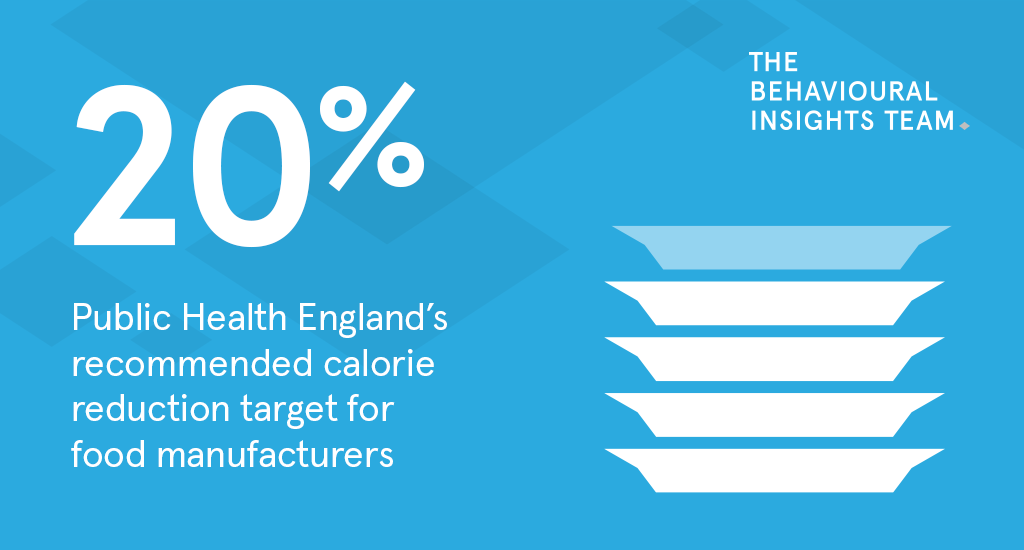One in three children is leaving primary school overweight or obese. Last week we wrote about the launch of a new programme by Guy’s and St Thomas’ Charity that aims to change this fact. Today Public Health England added to the calls for action by revealing that children are consuming between 140 and 500 excess calories a day. In response, they have launched the latest stage in the Childhood Obesity Plan: an ambitious calorie reduction programme.
The programme challenges the food industry to reduce the calories in food often eaten by children by 20% between 2019 and 2024. This reduction can be achieved by reformulating products or by reducing portion sizes. Importantly, this challenge includes restaurants and takeaways, which account for a third of our food spending. This sector also includes some of the actors who have been most reluctant to make changes.

From the perspective of reducing childhood obesity, this plan is looking at the right issue. Calorie reduction is by far the most effective route to preventing obesity. Put simply, it’s very difficult for children (or anyone else) to outrun a bad diet. Moreover, if the change is achieved through product reformulation, then it does not require effortful change from parents and children. While many of us want to avoid the health problems that obesity causes, good intentions often fall foul of the pressures of everyday life and the availability of less healthy choices. (This can be particularly true for the most disadvantaged and least engaged groups.)
Indeed, the plan published today shows that there is strong public support for this approach – 82% of the people PHE surveyed agreed that ‘the government should be encouraging manufacturers to develop products with fewer calories’. More than half the population agrees that food manufacturers have a responsibility to reduce obesity. Part of the reason may be because such manufacturers are the ones who have been responsible for past increases in portion sizes and fat/sugar content.
But even if the intent is right and public support is there, taking the wrong approach could still scupper this programme. The good news is that PHE is being explicitly guided by the UK’s highly successful salt reduction programme, which saw the UK’s average salt intake fall by 11% between 2005 and 2014. The core of that programme was based on gradual changes, whereby targets were slowly shifted to allow producers to adapt and consumer palates to adjust – while also creating a level playing field for manufacturers. A realistic focus on continual marginal changes should hopefully achieve change that producers find possible and consumers find acceptable.
Government seems to have recognised that, if it wants to achieve its goals, then exhorting children to eat more healthily is not enough – the problem needs to be tackled further upstream. But what happens if producers do not play ball? The plan says that PHE ‘will advise government if progress is not being made’, so things could get more interesting. Then we could see if the soft drinks levy is a one-off or whether the Rubicon has been crossed in terms of government action. Keep an eye out for the first progress report in 2020.


